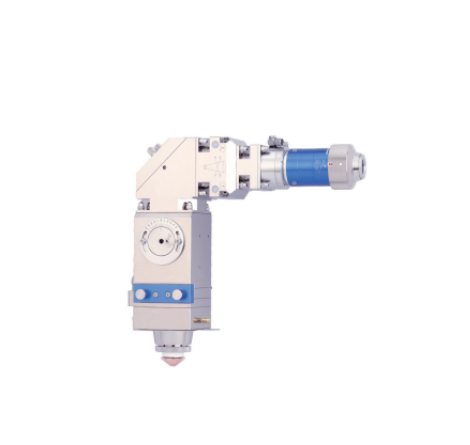Tuning the laser cutting process for carbon steel requires fine-tuning several parameters to achieve the desired quality and efficiency. Here are the key factors to consider:
Laser power:
Thicker materials generally require higher power.
Adjust the power setting to balance cutting speed and edge quality.
Cutting speed:
Slower speeds can improve edge quality but may result in more heat buildup and potential warping.
Faster speeds reduce thermal shock but may compromise cut quality.
Focus position:
Ensure the laser is properly focused on the material surface.
Adjust the focus height based on material thickness.
Assist gas:
Typically oxygen or nitrogen is used.
Oxygen can increase cutting speed but may result in edge oxidation.
Nitrogen provides a cleaner cut but may require higher power and pressure.
Nozzle type and size:
Select the appropriate nozzle size based on material thickness.
Adjust nozzle distance to optimize gas flow and cut quality.
Pulse frequency (for pulsed lasers):
Higher frequencies can improve edge quality on thinner materials.
Adjust the frequency based on material thickness and desired finish.
Beam quality:
Ensure consistent laser beam quality.
Regularly inspect and maintain laser optics for optimal performance.
Material Preparation:
Ensure material is clean and free of contamination.
Clamp properly to prevent movement while cutting.
Cooling Ventilation:
Install proper cooling system to control heat build-up.
Ensure proper ventilation to remove fumes and debris.
Software Setup:
Utilize advanced software features to optimize cutting paths.
Implement lead-ins and lead-outs to avoid burn marks at the start/end of the cut.
Steps to Adjust Process:
Material Setup:
Secure carbon steel sheet on laser cutting bed.
Clean surface to remove any debris or contaminants.
Initial Setup:
Set laser power and cutting speed based on material thickness and desired edge quality.
Adjust focus position to material surface.
Assist Gas Setup:
Select appropriate assist gas (oxygen for faster cutting, nitrogen for cleaner edges).
Set gas pressure based on material thickness.
Test Cuts:
Perform test cuts on scrap of same material.
Check cut quality for signs of burrs, shavings, or poor edge quality.
Parameter Adjustment:
Fine-tune laser power, speed, and focus position based on test cut results.
Adjust assist gas pressure and flow as needed.
Continuous Monitoring:
Monitor the consistency and quality of the cutting process.
Make incremental adjustments when necessary.
Regular Maintenance:
Inspect and clean the laser optics and nozzle regularly.
Ensure your laser cutting machine is properly maintained for optimal performance.
By carefully adjusting these parameters, you can optimize the laser cutting process for carbon steel, effectively achieving high-quality cuts.

